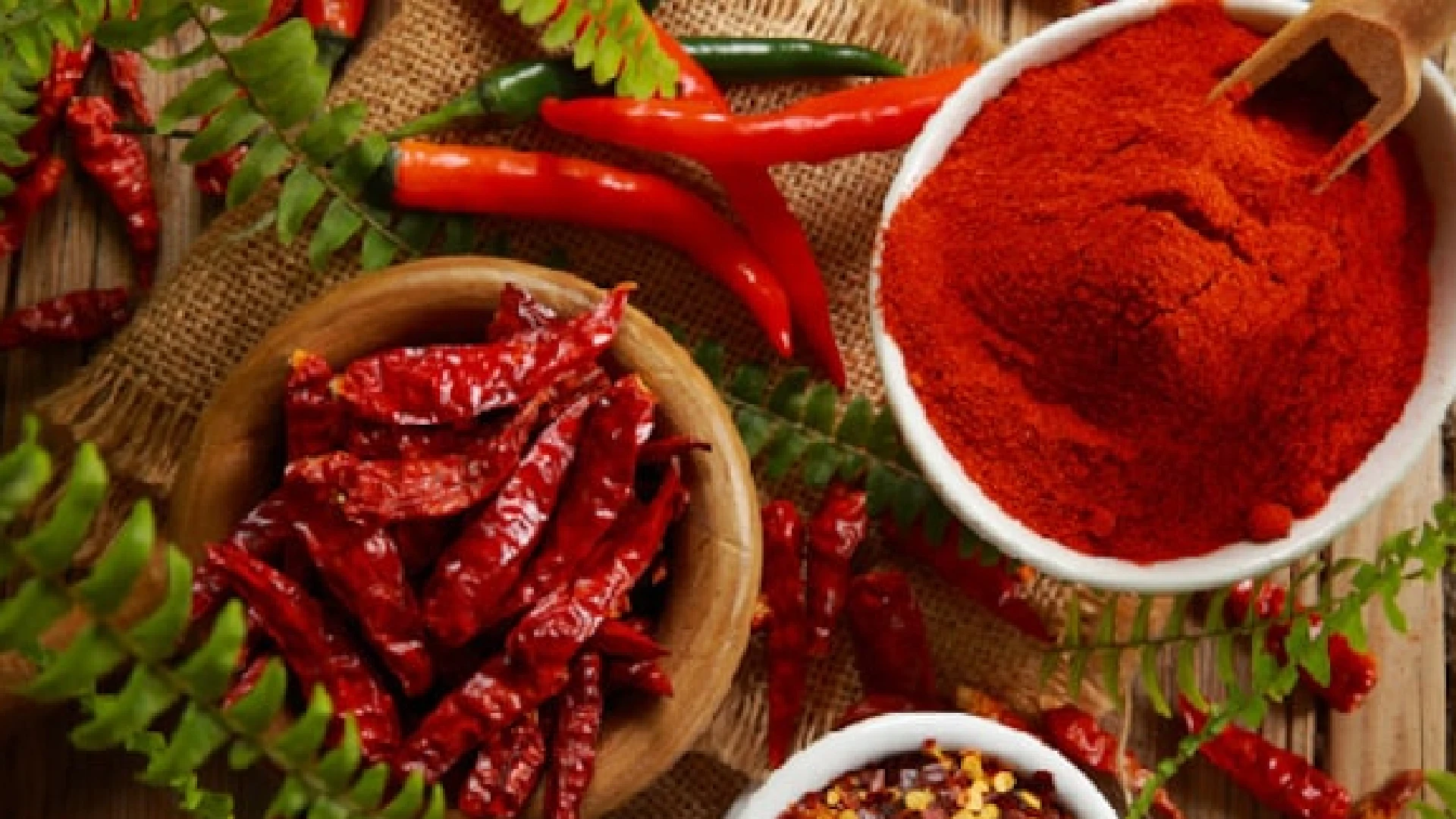Do you like spicy food? If yes, then you are aware of the benefits of adding chilli to a recipe. It is an essential ingredient in almost every Indian recipe. Chilies, also known as mirchi, were first brought to Asia by Portuguese navigators in the 16th century.
Food historians say Vasco-Da-Gama introduced chillies to India and made them popular among the natives. But what fascinates us the most is that you can find a wide variety of chillies all over India. Explore the country and you will find more than ten types of chillies grown here, each with its own taste and texture. Some chillies are enjoyed across the country, while others are regional. Kashmiri laal mirch is one example. This chilli is native to Kashmir and is widely used in Indian cuisine. However, Guntur chillies are mainly used in Andhra cuisine. Then there is Bhut Jolokia or ghost pepper, which in 2007 was certified as the hottest chilli in the world.
Here we bring you some of the most popular varieties of Indian chillies that have been granted the Geographical Indication (GI) tag. For the unversed, GI tag is a sign used on certain products which corresponds to a specific geographical location or origin.
5 GI Tagged Chillies From Across India:
1. Bhut Jolokia:
Bhut Jolokia, also popular as Naga mirch, is referred to as the hottest chilli in the world. It is majorly cultivated in north-eastern states of Arunachal Pradesh, Assam, Nagaland and Manipur. Bhut jolokia is popularly used to prepare chutney and in combination with pork or dried fish. The chilli received its GI tag in the year 2008.
2. Hathei Chilli:
Another variety of chilli grown in the north-eastern state of Manipur is Hathei chilli. It is grown in the Sirarakhong village of Ukhrul district and is known for its unique flavour and colour. It received the GI tag in the year 2021.
3. Dalle Khorsani:
If you think that there’s something unique about the momo chutneys found in Darjeeling, you are absolutely right. It used a specific kind of chilli that adds the flavour to the chutney. This chilli is called dale khorsani. Grown in Sikkim and its demographically similar hills of Kalimpong and Darjeeling in West Bengal, dalle got its GI tag in 2020.
4. Edayur Chilli:
This chilli from South Indian state of Kerala received a GI tag in 2021. What makes Edayur chilli unique is the low pungency in its flavour. This uniqueness can be attributed to the environmental and soil condition of the particular area where this chilli is grown.
5. Canacona Chilli:
Also referred to as Khola chilli, this variety received its GI tag the year 2020. Grown in Goa’s Khola region, this chilli is known for its rich red colour and medium heat.
Which of the above varieties of chillies have you already tried? Do let us know in the comments section below.
